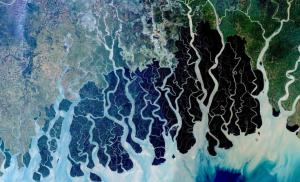Content:
As recently as the 1980s, gray seals effectively were extinct on Cape Cod. So when researchers announced last week that the population there has recovered not to 15,000 gray seals, the previous official estimate, but to as many as 50,000, it was dramatic evidence of how quickly conservation sometimes can work.
But the researchers, writing in the journal BioScience, weren’t just interested in the seals. They also sought to demonstrate the rapidly evolving potential of satellites to count and monitor wildlife populations and to answer big questions about the natural world. That’s still news to many wildlife ecologists, according to senior author David W. Johnston, of Duke University’s Nicholas School of the Environment. Ecologists have been slow to incorporate satellite data in their work so far, in part because their training and culture are about going into the field to get to know their study subjects first hand. The perspective from outer space has not necessarily seemed all that relevant.
But the rapidly growing abundance and sophistication of satellite imagery and remote sensing data is about to change that: "High-resolution earth imagery sources represent rich, underutilized troves of information about marine and terrestrial wildlife populations," Johnston and his co-authors write. They urge wildlife ecologists to embrace satellite imagery "as a legitimate data source that can supplement and even supplant traditional methods."


